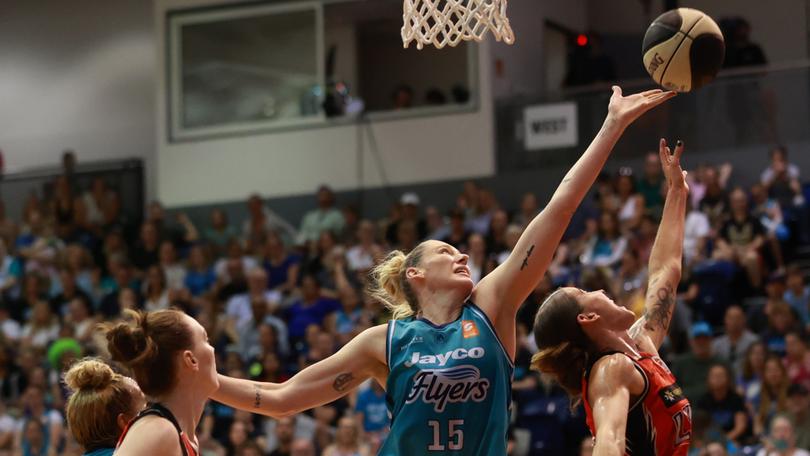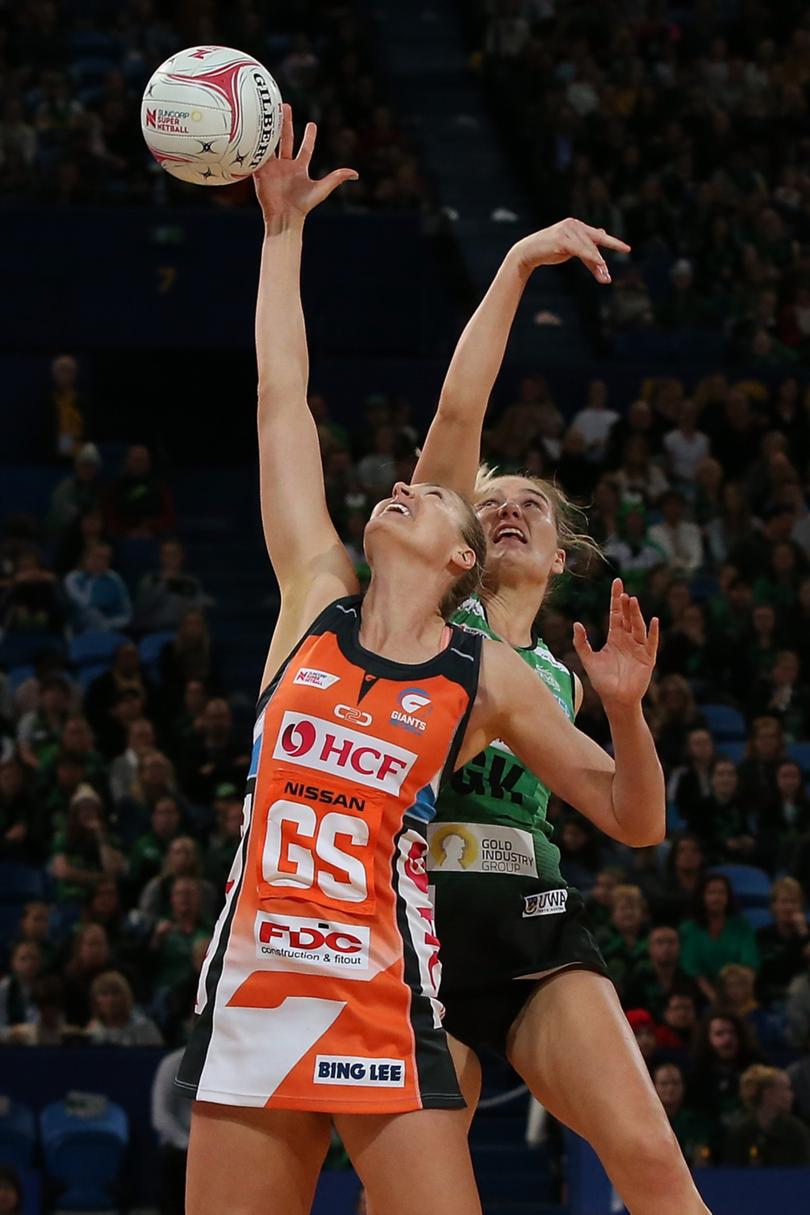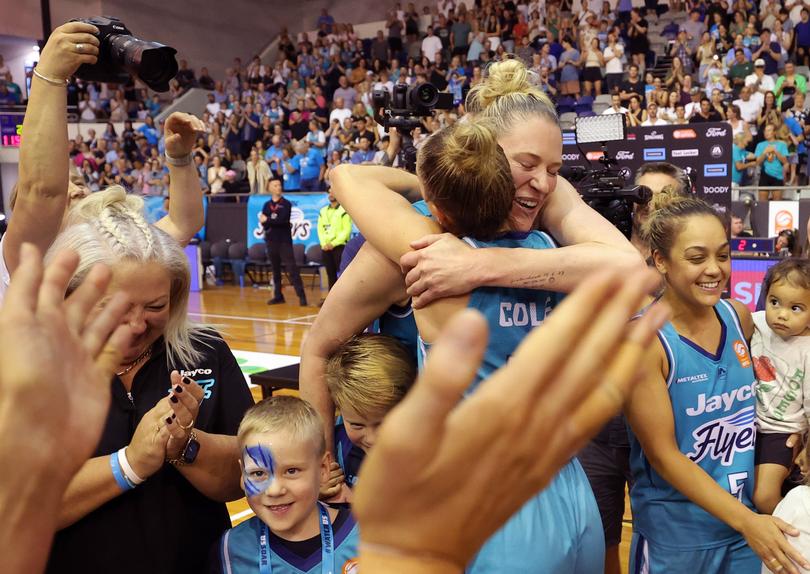Caitlin Bassett details why Lauren Jackson WNBL grand final clock error example of the technological divide

In 2019 I was playing for the Giants in a game against West Coast Fever at RAC Arena in Perth.
The game was tight and I was keeping a close eye on the clock as the seconds ticked down in the final quarter.
With five seconds left I had the ball in my hands knowing that timing was important if we were to get the win. With Jamaican superstar Jhaniele Fowler in their attack, Fever could score with incredible speed and every second was precious. I just had to score to win us the game.
Sign up to The Nightly's newsletters.
Get the first look at the digital newspaper, curated daily stories and breaking headlines delivered to your inbox.
By continuing you agree to our Terms and Privacy Policy.As I released the ball the umpire blew her whistle signalling the end of the game and as the ball was still in the air and not in the net (different rules to basketball) the goal was not counted meaning the game was a draw.
As players the only timer we can see is the one on the giant scoreboard above our heads, however umpires have their own timer which vibrates to signal when time is up, the two should be in sync but they were not.
We were denied four points due to a technical error which was not only frustrating for our team as we chased a spot in finals but embarrassing for our game which was striving to be treated as professional.

Fast-forward four years and despite the exponential growth in female sport, technical errors still disrupt the goal of being seen as professional.
In game two of the WNBL grand final series between the Perth Lynx and Southside Flyers last week a crucial 10 seconds were lost in the dying stages of the game which came down to the wire.
Basketball GOAT Lauren Jackson lost control of the ball over the baseline and instead of stopping, the clock continued to run.
Referees were made aware of the error but after consulting the score bench, time was not added back onto the clock.
The Lynx were beaten on the buzzer 97-95 and those precious 10 seconds would have given them the opportunity to score and win the game.
It was not the fist time an off court error has cost the Lynx with a scoreboard mistake nearly costing them their spot in the finals.
In sports where errors can change the outcome of the game male sports are more likely to invest in technology that can mitigate the rate of them impacting a game.
The Big Bash League (BBL) has a Decision Review System (DRS) for all men’s BBL matches, however, it is only used for 24 out of the 59 Women’s Big Bash League (WBBL) games, with the remaining 35 not even having third umpire reviews.
With several incorrect stumping and run-out decisions affecting the outcome of games, West Indies and Melbourne Renegades all-rounder Hayley Matthews believes that DSR needs to be used in every WBBL game for it to be seen as the world’s premier women’s T20 tournament.
“That alone would raise the standard of the game even more” she said.

The AFLW is also fighting to have access to the same review technology as their male counterparts.
According to outgoing AFLW boss Nicole Livingstone, the AFL Review Centre (ARC) is not worth the money for the women’s game, despite being used for all men’s matches.
The creator of the technology even offered its use free of charge for the AFLW grand final, which was turned down despite conjecture over a goal that appeared to be touched in the preliminary final the week before.
Mistakes do happen, we are human after all, but technical errors occur far less frequently in male sport compared to female professional competitions. Two steps forward, one step back.
As female athletes strive to be seen as professional and compared to male counterparts, we are being pulled back by seemingly innocuous errors that continue to occur. Errors that are mostly absent from male professional sport thanks to technology.
When women’s sports is afforded the same level of respect, and technology, I will consider it a major shift, not just tokenism.
